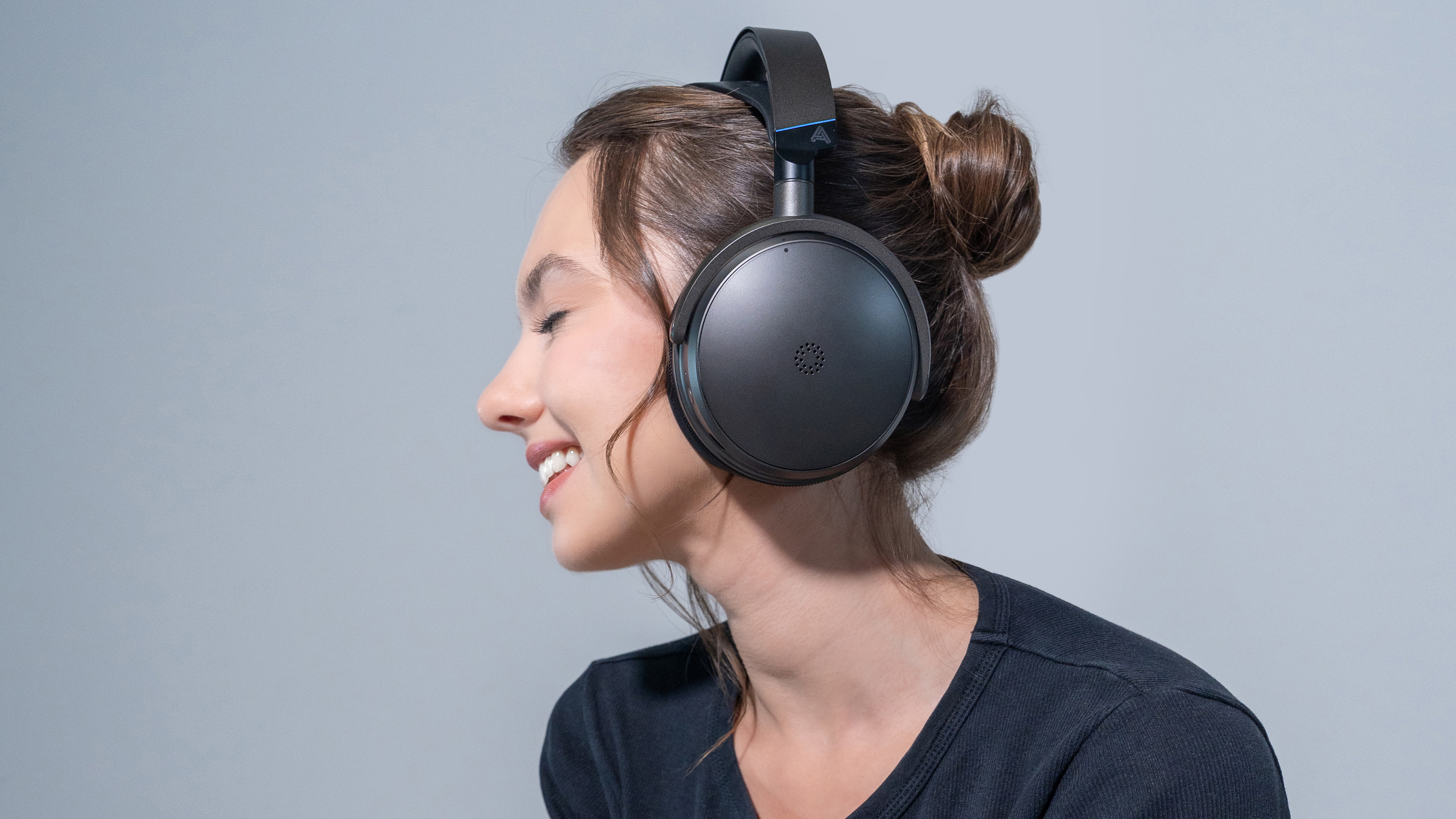Samsung Galaxy S24 vs. Apple iPhone 15: One clear winner, one near-miss
Despite the iPhone 15's deft course correction this generation, the Galaxy S24 has a few key upsides despite treading water.
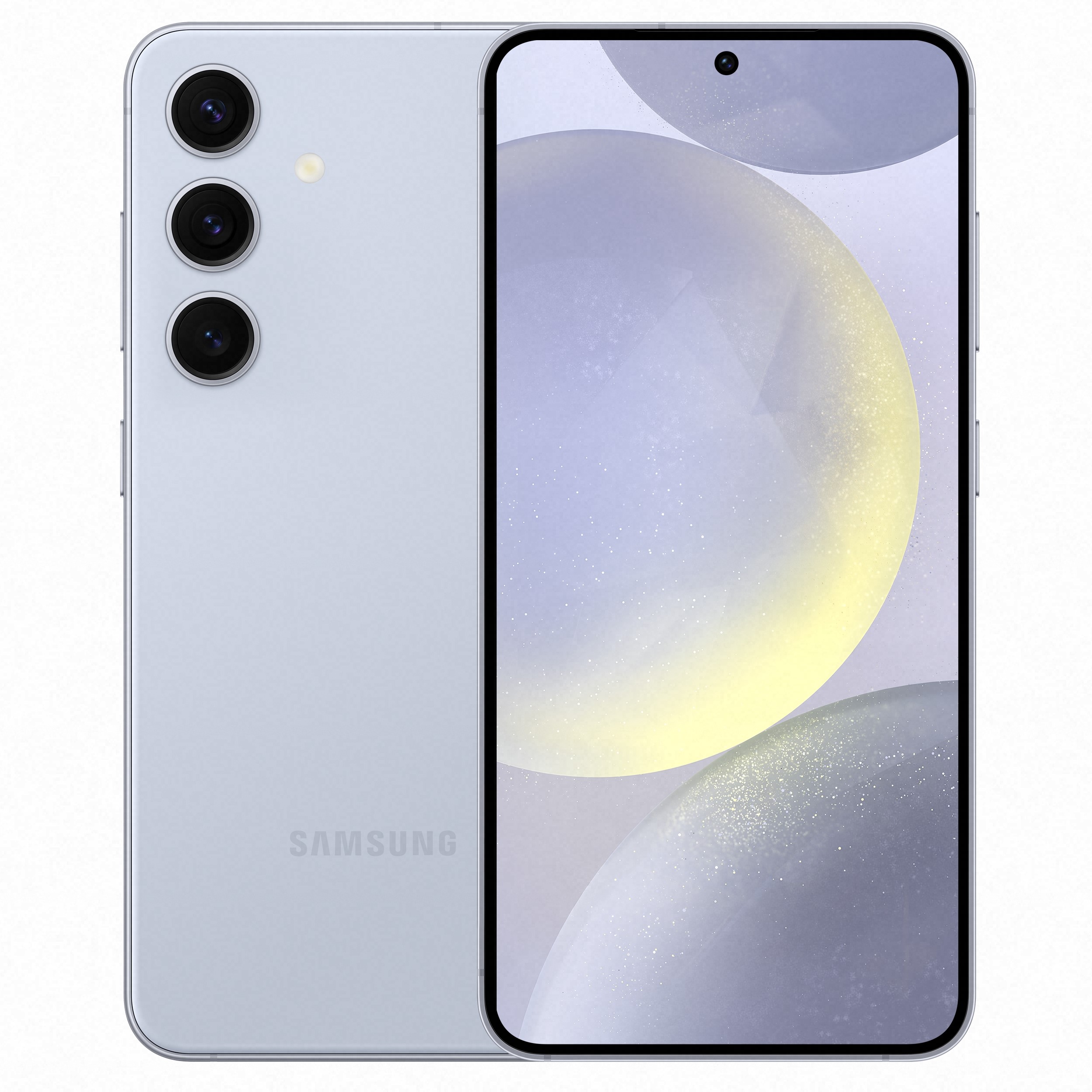
Similar hardware with an AI twist
Samsung is marketing the Galaxy S24 as an "AI phone," which distracts from the fact that it's very similar to the S23 aside from some display upgrades and the promise of longer software support. The question is whether the Galaxy AI boost will help solve Samsung's long-standing camera woes. Regardless, the Galaxy S24 is the more reliable of these two phones.
Pros
- Brighter, smoother, & larger display
- 3x telephoto lens
- More color options
- Seven promised Android updates
Cons
- Fewer pixels per inch
- No 512GB storage option
- Galaxy AI has to prove itself useful
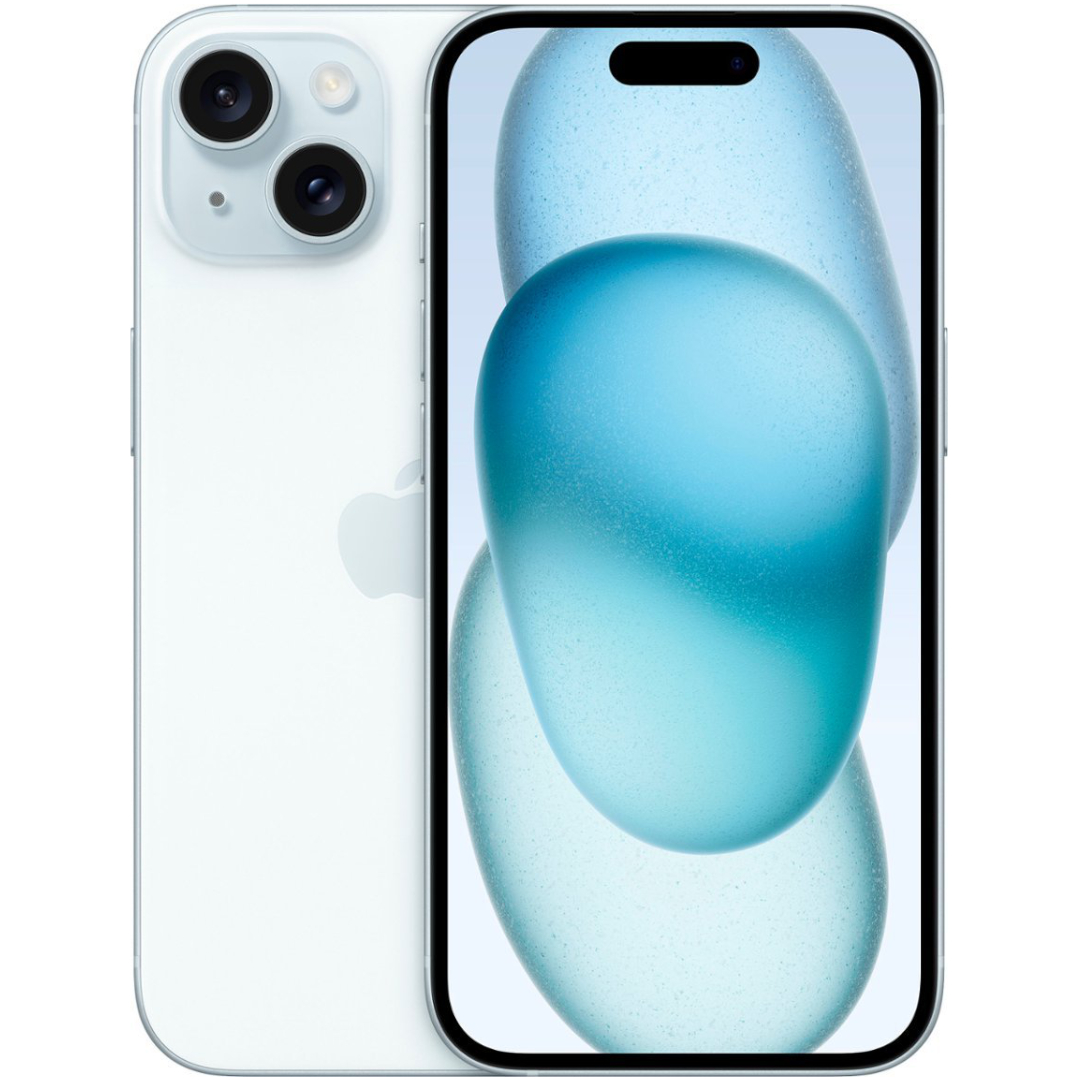
Almost everything done right
This is the year Apple begrudgingly admitted that its frugal customers deserve nice things too, such as Dynamic Island and a proper 48MP main camera with 2X zoom. The problem is that Apple still thinks that 60Hz is an acceptable refresh rate for regular customers, which used to be frustrating and is now just absurd. It spoils what is otherwise a fantastic device with powerful performance.
Pros
- Last-gen Bionic still faster than Snapdragon
- Revamped 48MP main shooter
- Switched to USB-C and Dynamic Island
- Reliable battery life
Cons
- STILL 60Hz?!
- Smaller, dimmer display
- Fewer OS updates
- No clear AI direction
Let's all be honest with ourselves: Most people don't look at Samsung Galaxy S24 vs. Apple iPhone 15 comparisons to decide which one to buy; they want to read how the biggest Android release of the year compares to Apple's flagship. Is Samsung leaving Apple behind or playing catch-up?
Apple course-corrected with the iPhone 15, making long-requested fixes — switching to USB-C, replacing the notch, and adding a revamped main camera — while leaving one of the iPhone 14's biggest display flaws.
With the Galaxy S24, Samsung didn't make too many hardware changes aside from the processor boost and a slight size increase to the display and battery. If you don't like the Galaxy S23, the S24 may not do enough to sway you unless you're really excited by AI upgrades.
Below, we'll run through the key Galaxy S24 vs. iPhone 15 differences to show where each brand pulls ahead or falls behind.
Samsung Galaxy S24 vs. Apple iPhone 15: Design

The Galaxy S24 and iPhone 15 both share a flat-backed design and a similar overall size, although the iPhone 15 weighs 2.5g more. For the most part, you can only tell them apart because of the cameras: Apple with its dual diagonal camera housing and Samsung with its naked, vertical triple cameras.
Compared to the Galaxy S23, the Galaxy S24 is nearly identical in size, with the exact same thickness and weight. It also brings back the same Armor Aluminum and Gorilla Glass Victus 2 for protecting the rear and front glass, respectively. Samsung says this protection is "even stronger than the last generation," but you'll have to buy the S24 Ultra to get the strongest Gorilla Armor.
Whereas the aluminum and glass portions of the Galaxy S23 felt distinctly separated, Samsung rounded off the aluminum edge with the Galaxy S24 and better matched their colors for a more unibody design. Nick Sutrich, who got hands-on time with the Galaxy S24, says he likes this design more, calling it more comfortable to grip.
Get the latest news from Android Central, your trusted companion in the world of Android
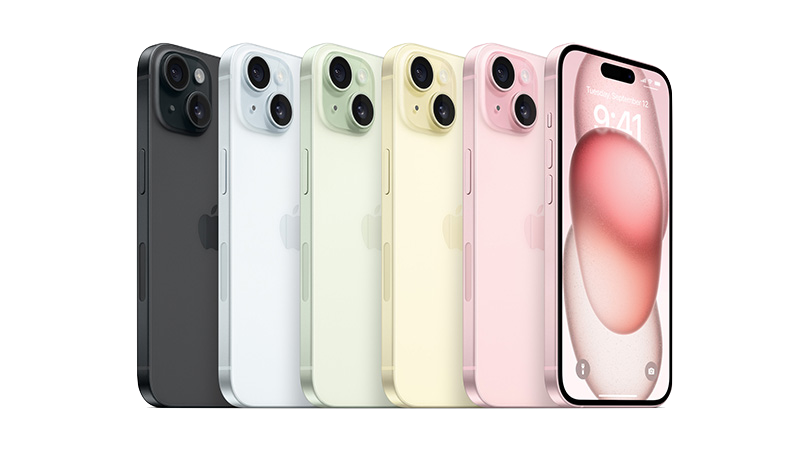
Apple made several significant changes to the iPhone 15 design. Our sister site iMore noted that while the iPhone 14 had an "awful glossy back" that was "a fingerprint magnet," the iPhone 15 switched to a color-infused glass back that is "soft to the touch, easy to grip, and shows absolutely none of the marks or blemishes that the old one used to."
You also switch to the Dynamic Island design introduced by the iPhone 14 Pro last year, meaning no more notch. Even though there are rumors that Apple may remove this feature from the iPhone 16 Pro and complaints that Apple hasn't done enough with the gimmick, the fact remains that Dynamic Island does more with the empty display space than the notch, from the tappable app preview to mini-widgets.
Otherwise, you bring back the usual Apple buttons and mute switch; you won't get the iPhone 15 Pro's new action button until the base iPhone 16. In terms of protection, Apple allegedly made its Ceramic Shield more shatter-proof but more prone to scratches as a trade-off.
The main point here, though, is that Apple's changes help the iPhone 15 catch up to the Galaxy S23 in design, not surpass it. Samsung already has a simple matte glass back and a petite selfie cutout that's more compact than Dynamic Island. And by shrinking its front bezels, Samsung can offer a 6.2-inch display while the iPhone 15 is stuck with a 6.1-inch display.
Samsung Galaxy S24 vs. Apple iPhone 15: Displays
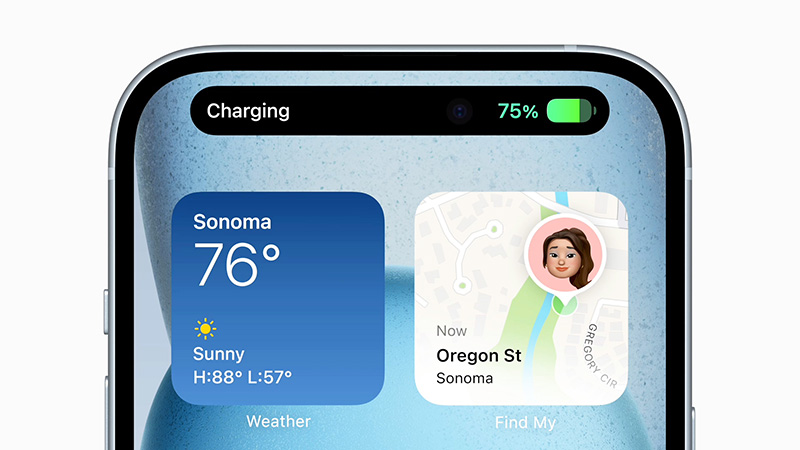
The iPhone 15 wins for display resolution, but the Galaxy S24 wins by every other display metric.
Starting with Apple's win, the iPhone 15 has a 2556 x 1179 resolution, good for about 460 pixels per inch. Samsung gave the S24 a 2340 x 1080 resolution, which only hits about 416 pixels per inch; you'll want to upgrade to the Galaxy S24 Plus to get QHD+ resolution.
Of course, some of those extra iPhone pixels will be covered up by the Dynamic Island cutout, so it may balance out regardless.
Apple also impressed consumers last year by giving the iPhone 15 2,000 nits of brightness. The only problem for Apple is that Samsung used the ensuing months to crank up its display to a blinding 2,600 nits, giving the Galaxy S24 the edge. Still, the iPhone 15 should offer enough brightness for readable outdoor use.
The bigger difference is that Apple still stubbornly clings to the idea that a 120Hz resolution is only for "Pro" buyers. The iPhone 15 remains stuck at 60Hz, and iMore notes that the stuttering difference is especially noticeable when "using menus and unlocking the phone." Meanwhile, the Galaxy S24 runs silky smooth at 120Hz.

Plus, as mentioned above, Samsung gave the Galaxy S24 series slimmer bezels, so you get an extra 0.1 inch of display space without making the phone harder to grip. You can see in the photo above how Samsung really squeezed out that display space.
Last but not least, Samsung offers the under-display fingerprint sensor for quick phone unlocks, while Apple continues to rely solely on Face ID.
Samsung Galaxy S24 vs. Apple iPhone 15: Hardware, battery, and software
| Category | Samsung Galaxy S24 | Apple iPhone 15 |
|---|---|---|
| Display | 6.2-inch AMOLED; 2340 x 1080 | 6.1-inch AMOLED: 2556 x 1179 |
| Refresh rate | 120Hz | 60Hz |
| Brightness | 2,600 nits | 2,000 nits |
| Chipset | Snapdragon 8 Gen 3 for Galaxy (U.S.); Exynos 2400 (Europe) | A16 Bionic |
| Storage | 128GB, 256GB | 128GB, 256GB, 512GB |
| Memory | 8GB | 6GB |
| Rear camera (1) | 50MP, OIS F1.8, 85º | 48MP, OIS F1.6, 1/1.56", 1.0µm |
| Rear camera (2) | 12MP UW, F2.2, 120º | 12 MP, F2.4, 120º |
| Rear camera (3) | 10MP telephoto, 3X optical zoom, F2.4, 36º | N/A |
| Selfie camera | 12MP, F2.2, 80º | 12 MP, F1.9, 1/3.6" |
| Battery | 4,000mAh | 3,349 mAh |
| Charging | Type-C: 25W wired, 15W wireless | Type-C: Fast charging, MagSafe wireless charging (15W) |
| Connectivity | 5G LTE, Wi-Fi 6E, Bluetooth 5.3 | 5G LTE, Wi-Fi 6, Bluetooth 5.3, Ultra Wideband |
| Protection | IP68, Gorilla Glass Victus 2 | IP68, Ceramic Shield |
| Dimensions | 5.79 x 2.78 x 0.3in., 5.93oz | 5.81 x 2.82 x 0.31in., 6.02oz |
| Colors | Amber yellow, Onyx black, Marble gray, Cobalt violet, Jade green, Sandstone orange, Sapphire blue | Black, Blue, Green, Yellow, Pink |
Apple now gives its base iPhone the same CPU as its last-gen Pro phone, but the Bionic chips deliver enough power that they still compete well against Snapdragon flagship chips a year later.
Armed with the A16 Bionic and 6GB of RAM, the iPhone 15 hits 2518/6179 benchmarks for Geekbench 6, according to Future Labs testing. Its overall CrossMark score was 1277, while its 3DMark Wild Life Extreme score was 2923.
Compare that to when we benchmarked Snapdragon 8 Gen 3 phones: the IQOO 12, which has at least double the memory, hit 2252/6952 for Geekbench 6, 1324 for CrossMark, and 4329 for 3DMark. You can see how Apple easily wins for single-core processing despite the 2022 chip, but can't quite compete for memory-heavy tasks.
We don't know exactly how Samsung's "for Galaxy" variant of the 8 Gen 3 will perform, though we can expect a slight overclocked boost. The Galaxy S24, with its 8GB max of RAM, isn't going to match the IQOO 12 in sheer gaming and creative performance.
Because of that, the benchmarks for the iPhone 15 and Galaxy S24 should be fairly comparable, except that Apple's phone should perform faster for straightforward single-core tasks, and Samsung's phone will probably perform better for gaming or creativity apps.
If benchmarks are a huge concern for you, though, you shouldn't buy either of these phones; the iPhone 15 Pro or Galaxy S24 Plus with 12GB of RAM are better choices in that case.
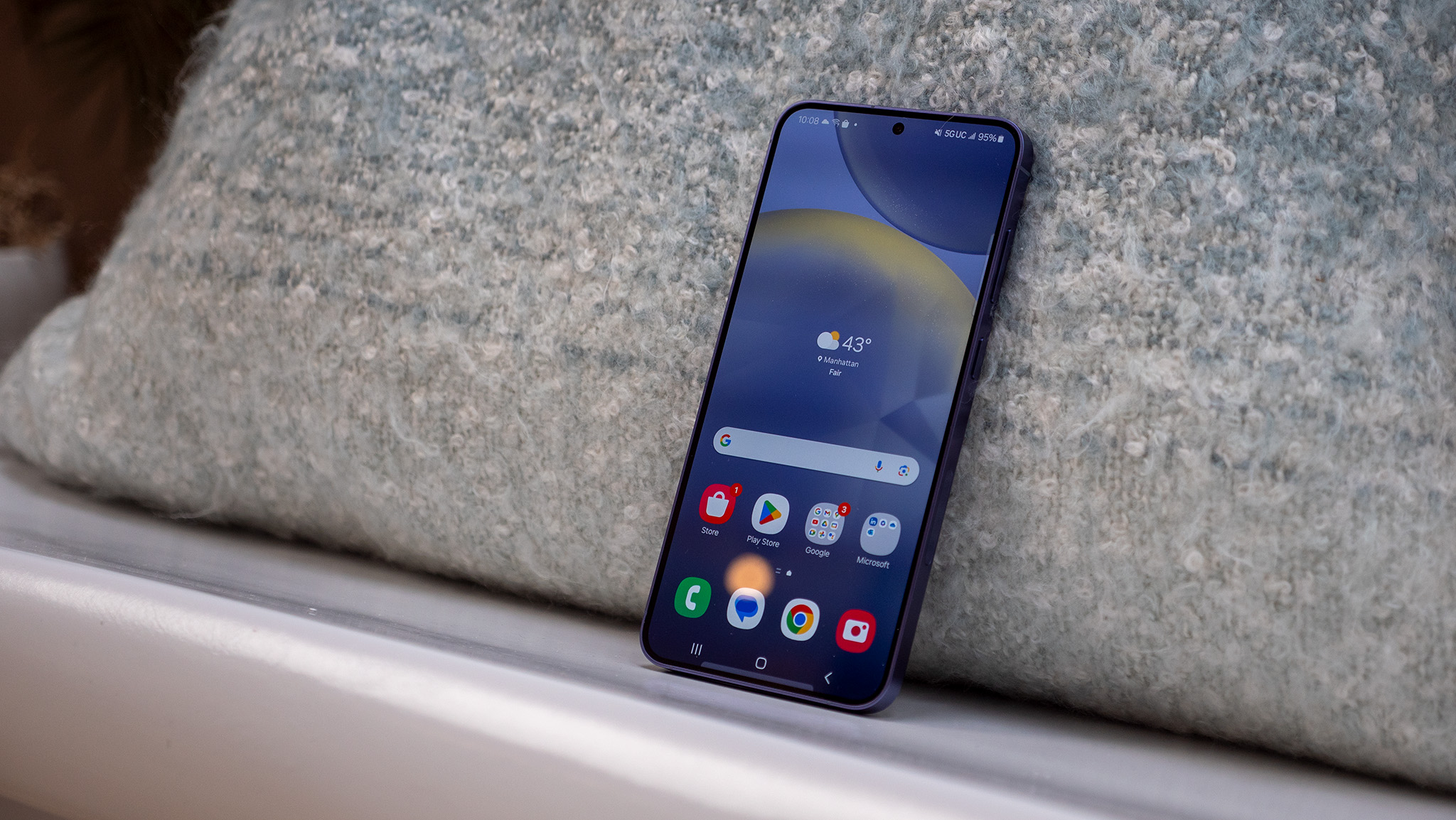
Speed aside, both phones start with 128GB of storage and no expandable storage. Only Apple offers up to 512GB, if you're willing to spend an extra $300; Samsung, meanwhile, is offering its usual deal of a free 256GB upgrade if you preorder the Galaxy S24.
Samsung has a larger battery capacity, but Apple has historically offered disproportionate longevity thanks to the iOS-optimized Bionic series. In practice, the iPhone 15 is a phone that should last you all day unless you go heavy on the 48MP camera or gaming.
We can only speculate on how long the Galaxy S24 will last; the S23 fixed the Galaxy S22's overheating issues, but we can't be certain until our review whether the S24 is as efficient as its predecessor.
On the charging front, the big change is Apple's forced abandonment of Lightning cables in favor of USB-C. Unfortunately for iPhone 15 owners, it only uses USB-C 2.0, compared to the Galaxy S24's PD3.0. Both give you the same 50% charge in 30 minutes and 15W wireless charging, at least.

Rounding out the list, each phone has a key perk in terms of connectivity. Only the Galaxy S24 supports Wi-Fi 6E connectivity, while the iPhone 15 remains stuck with Wi-Fi 6 only. On the other hand, only Apple supports Ultra Wideband for precision phone finding from another device.
If you're someone who needs a physical SIM card slot, such as for international travel, then the Galaxy S24 is your best option; Apple has transitioned fully to eSIM.
On the software front, Samsung made an unexpected move and promised that the Galaxy S24 will offer seven years of software updates and security updates, meaning it'll eventually receive Android 21 in 2031. We can't even predict what Google will have added to its OS by then, but it should be impressive.
Apple typically offers five OS updates for its flagships, but historically has offered six years in a few cases. It also typically offers six years of regular security updates and will continue to patch its older phones after that at an irregular cadence.
Apple was the leader in software updates for years, and there hasn't been a need to guarantee anything. Now that Google promises seven OS updates for the Pixel 8 and Samsung is following suit, we wonder if Apple will make the effort to offer a similar extension.
Their longevity may come down to how well both phones hold up in terms of next-gen AI processing. The Galaxy S24 is being marketed as an "AI phone" with a revamped NPU to handle things like live translation; Apple, meanwhile, gave the iPhone 15 a new "16-core Neural Engine" that's apparently "capable of nearly 17 trillion operations per second," with functions like live transcriptions of voicemail.
We can't say for certain which is faster for AI. The bigger issue for Apple is that we don't know yet what its long-term generative AI plans are. Samsung can freely partner with OpenAI and Google to do the heavy lifting for them, giving them an automatic edge. But until the future of "AI" becomes clearer, this may or may not matter to you.
Samsung Galaxy S24 vs. Apple iPhone 15: Cameras

Apple made an effort to upgrade the iPhone 15's cameras, adding a 48MP main sensor with quad binning and 2X lossless zoom. Compared to the 12MP sensor of its predecessor, the 48MP main sensor makes the iPhone 15 more of a point-and-click camera phone than before, even if it lacks the iPhone 15 Pro's multiple focal lengths and 5x-optical telephoto lens.
Our colleagues at iMore called this new camera the "best camera ever put in a regular iPhone," praising in particular the "better details, colors, and low-light performance" when taking Portrait photos.
We can't say yet whether the Galaxy S24 cameras will improve on the Galaxy S23 series. Our S23 reviewer complained that the primary 50MP sensor "is often very aggressive in its processing, punching up the colors and contrast way more than they need to be." He also noted Samsung's continued issues with shutter speed while praising the quality of selfies and low-light shots.
Samsung is banking on its new Galaxy AI focus to make its cameras better. Its Galaxy Unpacked presentation referenced generative AI tools like the "Pro Visual Engine" that pulls data from past photos to augment future photos when auto-editing them. It also promises "advanced noise reduction algorithms" for dark or shaky photos and a "dedicated color tuning solution for more natural and accurate color tone."
So far, we've tested the Galaxy S24's instant slo-mo feature, and we're highly impressed with how well it augments video. We'll continue to test Galaxy AI over time as we review the phone. For now, though, we can only judge specific hardware differences, like the S24's 3x optical zoom compared to the iPhone 15's 2x zoom.
Samsung Galaxy S24 vs. Apple iPhone 15: Which should you buy?
The Apple iPhone 15 isn't a bad phone. iMore praised it as a "triumphant upgrade over the iPhone 14" for all of the reasons outlined above. But at this point, it's nearly impossible to justify spending $799 on a phone with a 60Hz display, when the best cheap Android phones give you 90Hz or 120Hz for half the price. That one distracting downgrade makes this a pricey phone that's unlikely to keep its resale value for long.
The Samsung Galaxy S24 banks on the Snapdragon 8 Gen 3 and its shiny AI tricks, compensating for a fairly boring and iterative upgrade over the excellent S23. You get an extra 100mAh of battery, 850 nits of brightness, and 0.1 inches of display space.
In other areas, like camera quality, we'll have to wait and see if Samsung has improved. Still, even if it hasn't, the Galaxy S24 should easily claim its predecessor's spot among the best Android phones.
We can only recommend the Galaxy S24 of these two phones as the complete package, so long as our upcoming review doesn't turn up any issues. And this isn't Android homerism: Our iPhone 15 Pro Max reviewer called it "so good I almost didn't switch back to Android." It's just the case that Apple, despite fixing most of our other issues with the iPhone 14, missed something really important with the iPhone 15 display.

Boosted display, AI upgrades
Choose the Samsung Galaxy S24 if you're an Android user who prefers small phones and thinks AI is the future of mobile tech. Don't choose the Galaxy S24 if you want the boosted storage, display resolution, and graphical performance of the S24 Plus, or if you're a comfortable Apple user.

Stolen tricks from the iPhone 14 Pro
Choose the iPhone 15 if you're a frugal iOS fan who's been waiting for better camera quality or to get rid of the notch once and for all. Don't choose the iPhone 15 if you can afford that extra $200 to get the Pro's 120Hz ProMotion display and absurdly fast A17 performance.

Michael is Android Central's resident expert on wearables and fitness. Before joining Android Central, he freelanced for years at Techradar, Wareable, Windows Central, and Digital Trends. Channeling his love of running, he established himself as an expert on fitness watches, testing and reviewing models from Garmin, Fitbit, Samsung, Apple, COROS, Polar, Amazfit, Suunto, and more.
